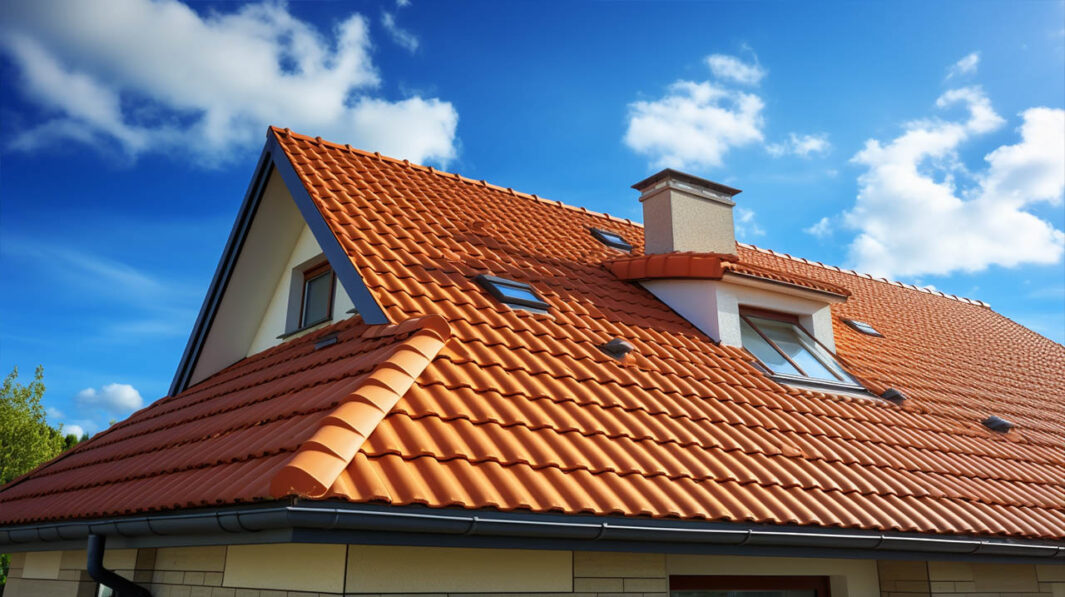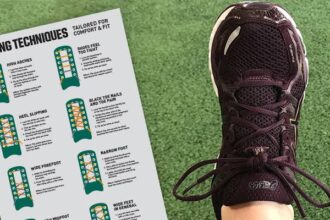Introduction
The roof is one of the most important parts of any structure. It protects against the elements, provides insulation, and significantly contributes to a property’s appearance and value. However, like every component of a home or building, a roof has a limited lifespan. Over time, weather exposure, structural aging, and material deterioration all contribute to the inevitable need for a new roof.
For many homeowners and property managers, deciding to replace a roof is a significant financial and logistical undertaking. It’s not just about swapping out old shingles for new ones. A full roof replacement involves careful planning, budgeting, material selection, contractor evaluation, and an understanding of local codes and warranties. The decision can have long-term consequences for your comfort, safety, and property value.
This comprehensive guide explores everything you need to know about replacing a roof—from recognizing the signs of failure and comparing material types to understanding the installation process and maintaining the new structure over time. Whether you’re preparing for your first roof replacement or considering an upgrade to improve energy efficiency and aesthetics, this article will help you make informed, confident decisions.
Why Roofs Need to Be Replaced
Even the best roofing systems have a lifespan. While proper maintenance can extend longevity, no roof lasts forever.
Common reasons for roof replacement include:
- Aging and Wear: Most asphalt shingle roofs last 20–30 years, while metal, tile, or slate may last longer. As the years go by, materials break down due to sun, rain, snow, and wind.
- Leaks and Water Damage: Frequent or severe leaks often indicate deeper structural issues, especially when repairs are no longer effective.
- Storm or Impact Damage: Hail, high winds, or falling debris can damage roofing systems beyond repair.
- Mold, Rot, and Algae: Moisture trapped under shingles or in the attic can cause biological growth that compromises the integrity of the roof and the health of those inside the home.
- Energy Inefficiency: Older roofs may lack proper insulation or reflective materials, leading to increased heating and cooling costs.
- Poor Installation: A poorly installed roof might need to be replaced far earlier than one done by qualified professionals.
Identifying these issues early and addressing them proactively prevents more costly structural damage and maintains the safety and value of the building.
Signs That It’s Time for a Replacement
It’s not always obvious when a roof needs to be replaced. However, knowing the warning signs can help you avoid expensive emergencies or home damage.
Key indicators include:
- Curling or Buckling Shingles: This suggests moisture problems and material fatigue.
- Granule Loss: Asphalt shingles shedding their granules expose the surface to UV damage and deterioration.
- Frequent Leaks or Ceiling Stains: These point to failing waterproof barriers or flashing systems.
- Daylight Through Roof Boards: Visible light from the attic means gaps or structural breakdown.
- Sagging Roof Deck: This can be a serious sign of rot or water damage in the supporting structure.
- High Energy Bills: A poorly insulated roof often causes HVAC systems to work harder.
While spot repairs might offer temporary relief, these signs often indicate it’s time to plan for a new roof instead of investing in short-term fixes.
Choosing the Right Roofing Materials
One of the most important aspects of a roof replacement is deciding which materials will best meet your needs. Your selection will influence durability, maintenance, energy efficiency, and overall cost.
Popular roofing options include:
- Asphalt Shingles: The most common roofing material, known for affordability and a variety of styles. Lifespan: 20–30 years.
- Metal Roofing: Durable, fire-resistant, and energy-efficient. Available in panels or shingles. Lifespan: 40–70 years.
- Clay or Concrete Tiles: Popular for aesthetics and long-lasting durability. Lifespan: 50–100 years.
- Wood Shakes and Shingles: Natural appearance but requires more maintenance and is less fire-resistant. Lifespan: 20–40 years.
- Slate Roofing: Extremely durable and visually striking, but heavy and expensive. Lifespan: 75–100+ years.
- Synthetic Roofing Products: Made from rubber, plastic, or polymer, designed to mimic traditional materials with added resilience.
Factors to consider when choosing:
- Budget
- Climate
- Architectural Style
- Energy Efficiency
- Maintenance Requirements
Each material has pros and cons. It’s crucial to balance performance with appearance and long-term value.
The Roof Replacement Process
Understanding how a roof is replaced can help reduce anxiety and keep expectations realistic. While the exact process may vary depending on materials and property conditions, most professional jobs follow a similar structure.
Step-by-Step Overview:
- Initial Inspection:
- A qualified roofer will assess the current condition of your roof, both externally and from the attic, to determine the extent of replacement required.
- Estimates and Contracts:
- Get detailed written estimates from reputable contractors. Contracts should include scope, materials, labor, timeline, and warranties.
- Permit Acquisition:
- Most municipalities require permits for roof replacements to ensure building codes and safety regulations are followed.
- Tear-Off:
- The old roofing material is removed down to the decking. This allows inspection of the underlying structure.
- Deck Inspection and Repairs:
- Any damaged decking is replaced or reinforced to provide a solid foundation.
- Underlayment Installation:
- A waterproof barrier (such as roofing felt or synthetic underlayment) is installed to protect against leaks.
- Flashing and Drip Edge:
- Metal flashings are installed around chimneys, vents, valleys, and eaves to redirect water.
- New Roofing Material Installation:
- Shingles, tiles, or metal panels are laid according to manufacturer specifications and best practices.
- Cleanup and Final Inspection:
- All debris is removed, and the site is restored. A final inspection ensures proper installation and code compliance.
This process typically takes a few days for average-sized homes but may extend depending on weather, roof complexity, and materials used.
Choosing the Right Roofing Contractor
Hiring the right professional is critical to the success of your new roof. A quality contractor ensures the job is done correctly, safely, and according to code.
What to look for:
- Licensing and Insurance: Verify that the contractor is licensed, bonded, and insured.
- Experience and Reviews: Choose a company with a strong reputation and proven track record in roof replacements.
- Certifications: Look for certifications from manufacturers, which often indicate better warranty options and product knowledge.
- Transparent Estimates: The quote should include a breakdown of materials, labor, time, and any additional services or fees.
- Warranty Coverage: Ensure both materials and workmanship are backed by reliable warranties.
Avoid making your decision based solely on the lowest bid. The cheapest option can often lead to costly problems later.
Budgeting and Financing Options
The cost of replacing a roof can range widely depending on the size of the roof, the materials used, and labor rates. On average, homeowners can expect to pay between $8,000 and $20,000 for a full roof replacement, though high-end materials can increase that figure.
Major cost factors include:
- Roof Size and Pitch
- Material Type
- Structural Repairs
- Labor Costs
- Disposal Fees
- Permits and Inspections
Some roofing companies offer financing options, or you may consider home improvement loans, HELOCs (Home Equity Line of Credit), or using insurance if the replacement is due to storm damage.
Be sure to factor in long-term savings from energy efficiency improvements and reduced maintenance needs when assessing value.
Maintaining Your New Roof
Once the replacement is complete, proper care will help extend its life and keep your home protected.
Maintenance tips:
- Regular Inspections: Check your roof at least twice a year, especially after storms.
- Clean Gutters: Blocked gutters cause water backup, which can damage the roof edge and foundation.
- Remove Debris: Leaves, branches, and dirt should be removed from the roof and valleys.
- Trim Overhanging Trees: Falling branches and excessive shade can promote moss growth or physical damage.
- Address Minor Issues Promptly: Fix loose shingles, small leaks, or flashing problems before they become larger concerns.
With minimal ongoing attention, your roof can serve you reliably for decades.
Conclusion
Getting a new roof is a major home improvement decision that should never be rushed. It impacts everything from your property’s energy efficiency and aesthetic appeal to structural safety and resale value. By recognizing when a replacement is necessary, selecting appropriate materials, hiring a qualified contractor, and maintaining the roof over time, you’ll maximize both the lifespan and return on your investment.
A roof is more than just a cover—it’s a long-term commitment to comfort, security, and the well-being of your home. Taking the time to do it right ensures peace of mind for years to come.





![When the Government Gets It Wrong: Lessons from the Sethi Case (Opinion / Editorial) By [Author Name or Anonymous Contributor]](https://reelsmedia.co.uk/wp-content/uploads/2025/06/WhatsApp-Image-2025-06-26-at-4.48.49-PM-330x220.jpeg)











